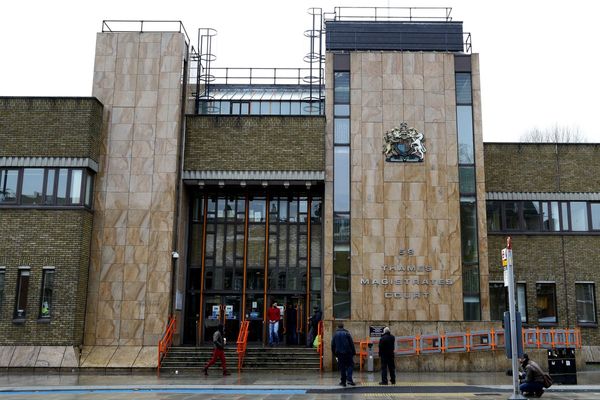
A recent study has uncovered a fascinating discovery about the Earth's core rotation, indicating a significant slowdown and reversal in its movement. The Earth is composed of distinct layers, including the crust, mantle, and core. The core, located approximately 5,180 kilometers beneath the surface, is primarily made up of iron and nickel and is about 70% of the size of the moon.
The study suggests that the Earth's core, which is the hottest part of the planet with temperatures akin to the surface of the Sun, is now spinning independently and in reverse. This revelation comes after decades of research and debate on the behavior and speed of the core.
Utilizing data from seismograms collected during seismic events, the study published in the Nature journal confirms the core's deceleration compared to the Earth's surface. Dr. John Vidale, a prominent Earth scientist, expressed confidence in the findings, stating that the research has settled the long-standing debate on the core's movement patterns.
The study aligns with a theory proposed in 2023, suggesting that the Earth's core has been experiencing a gradual slowdown and even a reversal in its rotation. While these changes are intriguing, they are unlikely to have a noticeable impact on human life, with the alterations in rotation translating to mere fractions of a second in the length of a day.
Overall, this new insight into the Earth's core rotation adds to our understanding of the planet's complex dynamics and highlights the ongoing scientific exploration of our world's inner workings.







